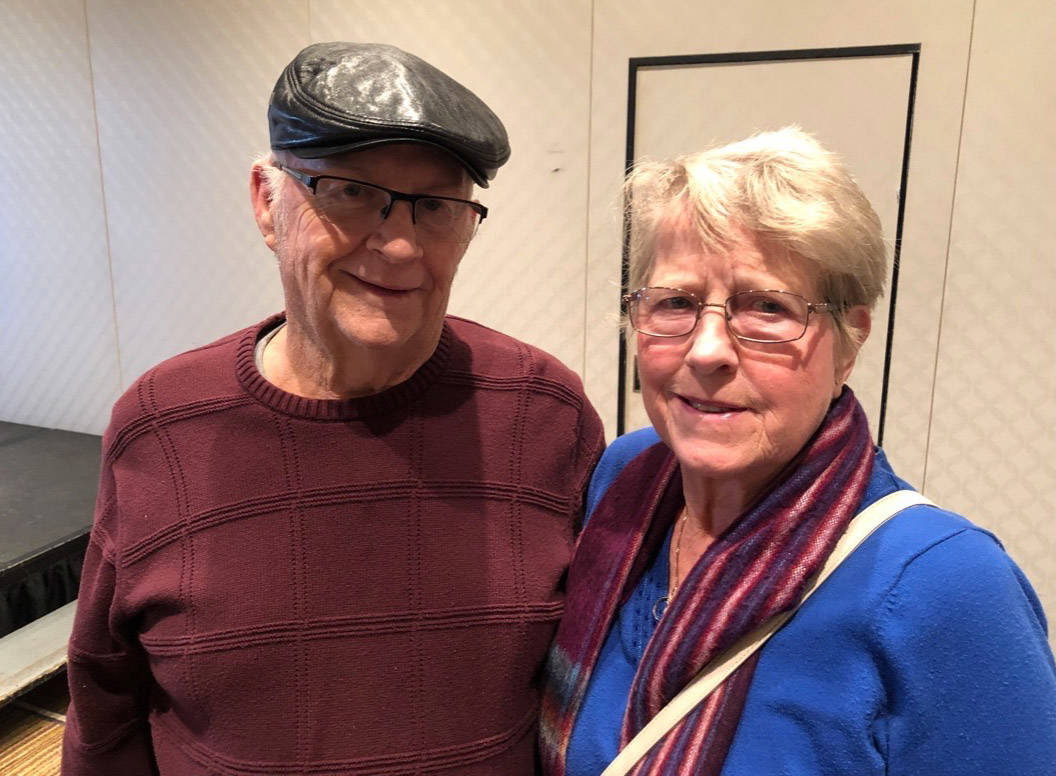The Society for Hospital Expansion in Central Alberta, formerly known as the Fair and Transparent Health Care Funding to Central Alberta, has released new information on what it calls the vast and unfair difference in healthcare infrastructure spending between Central Alberta and the rest of the province.
The data, obtained through a Freedom of Information request (FOIP), summarizes health infrastructure investment in Alberta from 2008 to 2018.
“When you look at healthcare infrastructure spending over the 10 year period, there was a 9.6 times difference in the healthcare spending per capita for Central (Alberta) than the average of the rest of the province,” said Dr. Kym Jim at a news conference held at the Sheraton Hotel Tuesday morning.
The health infrastructure investment for the 10-year period in Calgary amounted to $2.5 billion. For Edmonton, spending amounted to $1.4 billion compared to $107 million in Central Alberta. Northern Alberta saw $999 million in spending while the south received $451 million, according to the FOIP documents obtained by the Society.
“This is far from fair and transparent. It is neither fair in terms of what Central Albertans have received for the healthcare dollars they have put out and it is neither transparent in terms of how this has happened. Unfortunately, the transparency issue still exists because there is a Needs Assessment document out there that Central Albertans need to see. They need to see exactly what it is that they are deficient in.”
At the conference, the Society also called on Premier Rachel Notley to release the Updated Needs Assessment for Red Deer Regional Hospital (RDRH), which was completed last Fall.
“This is over $2,000 per Albertan for the rest of the province and approximately $200 for the people of Central Alberta. It’s because of this that we have a significant healthcare deficit and this is not going to get any better. It’s going to get worse and needs to be addressed in an urgent fashion,” said Dr. Alan Poole, a radiologist with RDRH.
The deficit means that if someone gets sick, they may not be able to get medical help in Red Deer. Patients have to be taken to hospitals in Edmonton or Calgary, said Poole.
This happened to Red Deer resident George Smith. In February, the 77-year-old suffered a major heart attack and because the RDRH does not have a cardiac catheterization lab, he was rushed to Edmonton by ambulance.
“It was a terrible, terrible ride from here to Edmonton. In this time I was very sick — it was painful. They kept saying, ‘How much pain are you in between one and 10,’ and I kept saying, ‘10! 10! 10!’ They gave me morphine. It didn’t work and they gave me fentanyl — which is kind of scary. It didn’t work.”
Eventually, Smith made it to the hospital in Edmonton and his life was saved.
“I feel the politicians have to stop blaming each other and get her done. You see the need for it. Everybody sees the need for it. It’s atrocious.”
A central message at the conference was that the Society objects to exporting local tax dollars to fund healthcare infrastructure throughout the province. It is calling on all political parties to immediately commit to funding to redeveloping the Red Deer hospital, including building a cardiac catheterization lab.
“We’re demanding care for Central Albertans closer to home and the most important ways to achieve that is to expand hospital capacity in Central Alberta — specifically at the Red Deer Regional Hospital,” Poole added.
While speaking at the conference, Dr. Jim said the findings represent the provincial and federal governments and Alberta Health Services failure to responsibly allocate tax dollars to meet the needs of Central Albertans. He added that unless funding occurs immediately, the Red Deer Regional Hospital is at risk of not seeing new hospital beds in 25 years, even though it is the busiest hospital outside of Edmonton and Calgary.
For more information on Society initiatives, see the website. In upcoming weeks, it will be launching a letter writing campaign.



